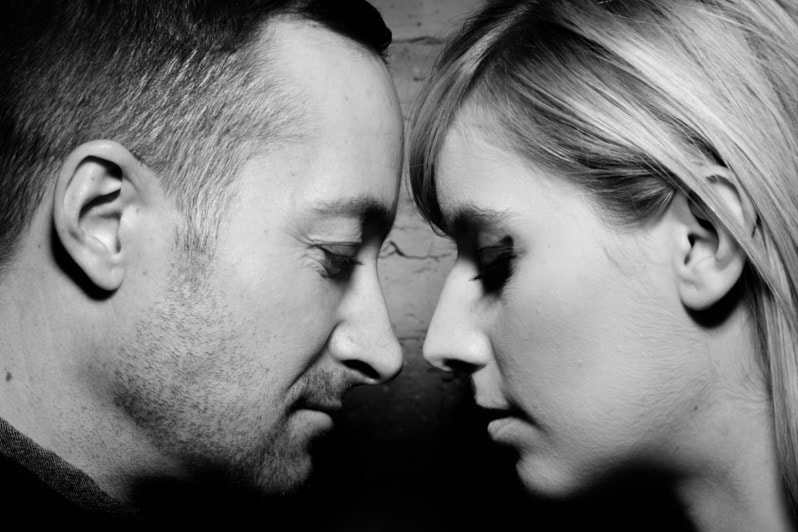|
There are a variety of reasons why intimacy may be lacking in a relationship. Some common causes may be due to lack of communication, unresolved conflicts, incompatibility, infidelity, exhaustion, distractions from everyday life, not spending enough quality time together, as well as one or both are struggling with a sexual desire/arousal issues. Lack of intimacy in relationships is unfortunately common and can affect both parties involved. In fact, a study found that up to 18% of men and 33% of women report having a low level of interest in sex and low desire for intimacy with their partner. Keep in my intimacy in a relationship includes both non sexual (dates, cuddling, etc.) and sexual.
The best thing to do is to have an open and honest conversation with your partner about your concerns. Additionally, it is important to figure out why the intimacy is lacking and find ways to address it. This can be done by spending quality time together, communicating regularly and openly, expressing needs and wants, creating trust, and finding ways to compromise. Other steps you can take include seeking professional help and taking time to prioritize the relationship. What are sexual arousal and sexual desire disorders that may be interning with your intimacy? While there are many different types of sexual disorders, sexual desire and sexual arousal are related yet distinct concepts. Sexual desire is the overall level of interest in sexual activities, while sexual arousal is a physiological response that occurs as a result of the stimulation of specific areas of the body. Generally speaking, men tend to have higher levels of desire than women, but women may experience higher levels of arousal when aroused. Low sexual desire and arousal refers to the condition where someone does not feel much interest or pleasure from sexual activity. This can be caused by stress, physical illness, relationship issues, lack of time or interest in sex, certain medications, psychological disorders like depression and anxiety, low testosterone levels for men, menopause for women, or traumatic experiences like sexual abuse. What are sexual arousal and desire disorders specifically for men and women? Male Hypoactive Sexual Desire Disorder (MHSDD) is a condition that is characterized by a persistently low or absent level of sexual/erotic thoughts and fantasies, as well as an inadequate desire for sexual activity, and is considered relative to the patient's age and culture. Female Sexual Interest/Arousal Disorder (FSIAD) is characterized by a lack of interest or a drastically reduced interest in sexual activity, which is reflected by at least three of the following symptoms that last for at least six months: reduced interest in sex, reduced sexual thoughts and fantasies, decreased initiation of sexual activity, lower levels of excitement during sexual activity, reduced response to sexual cues, and a weakened sensation during sexual encounters. How is low sexual desire and arousal disorders diagnosed? Diagnosis typically involves an interview with a physician or sex therapist in order to rule out any underlying physical, mental and emotional causes. Treatment depends on the cause and can range from lifestyle changes to hormone/medical therapy and/or psychotherapy such as sex therapy. Sex therapy involves talking openly with a therapist about your thoughts and feelings surrounding sexuality and can help address relationship problems that may be causing difficulty with arousal or desire. See Medical Disclaimer with any News/Blogs/Education from any Social Media. By commenting, you give up your right to privacy. Comments are public.
0 Comments
Your comment will be posted after it is approved.
Leave a Reply. |
Constance DelGiudiceComments are public. By commenting, you give up your right to privacy. Archives
April 2024
Categories |

 RSS Feed
RSS Feed